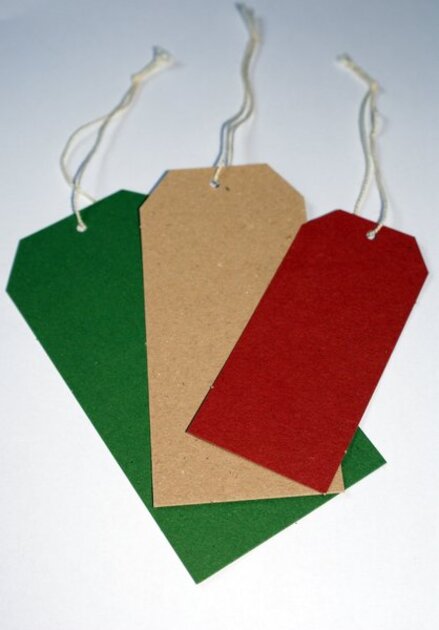
Our Gemara on Amud Aleph explains a dress code for the Cohanim when they go up to bless the congregation:
דְּאֵין הַכֹּהֲנִים רַשָּׁאִין לַעֲלוֹת בְּסַנְדְּלֵיהֶן לַדּוּכָן. וְזֶהוּ אַחַת מִתֵּשַׁע תַּקָּנוֹת שֶׁהִתְקִין רַבָּן יוֹחָנָן בֶּן זַכַּאי …שֶׁמָּא נִפְסְקָה לוֹ רְצוּעָה בְּסַנְדָּלוֹ וַהֲדַר אָזֵיל לְמִיקְטְרֵיהּ, וְאָמְרִי: בֶּן גְּרוּשָׁה אוֹ בֶּן חֲלוּצָה הוּא.
The priests are not permitted to ascend the platform to recite the benediction in their sandals, as is taught in a baraisa. And this halakha is one of nine ordinances that Rabban Yoḥanan ben Zakkai instituted. What is the reason for this ordinance? …the reason is a concern lest a strap of his sandal break, and he will therefore return to his place to go tie it and not ascend the platform in time for the benediction, and people will say that he was removed from the platform because he is disqualified from the priesthood, as he is the son of a priest and a divorced woman or the son of a priest and a ḥalutza.
This is an unusual concern. Is it likely that the need to fix his sandal strap will cause him to miss the blessings AND people will say this is because he is of improper lineage? While one might say this itself is the object lesson that a person must make every effort to be above suspicion, as for example what is discussed in Yoma 38a and Pesachim 13a. However the reason still seems far-fetched and forced. It is also notable that this enactment is from the nine takkanos of Rabbi Yochanan Ben Zakkai which includes other difficult to understand concerns, such as not using shofar or Lulav on Shabbos because one may come to carry it in a public domain. (See Psychology of the Daf Succah 43, where we attempted to understand those takkanos.) Is there a deeper meaning that the takkanah is symbolically hinting at?
I saw an interesting mystical explanation from Sefer Ben Yechabed Av (section on Shabbos), which goes as follows. Similar to Moshe removing his shoes at the burning bush, there is a hint to removing attachment to physicality. The Hebrew word for shoe is “na’al”,which literally means enclosure or wrapping. Moshe was required to divest, or should I say, “De-Vest”, of bodily distractions. In order to bless the people, the Cohanim must be ready to let go of their own material concerns. I suggest that the fear that the strap of the sandal will break, is a fear that the tenuous connection between God and Man will be ruptured. He will be called a “Son of a Gerusha or chalutza”, which are both symbolic of rejected love and relationships.
Another peshat might be that since Chalitza is achieved via the removal of a shoe, and including the idea of missing the blessings itself, both hint at an unconscious guilty conscience, what gamblers call a “tell”. The people who were sensitive to signs and omens, if not unconscious symbolism, would be suspect that this momentary lapse suggested deeper ambivalence. If a bride or a groom come late to their wedding, it could be just an “accident”, or be an unconscious expression of a certain hesitancy or conflict that makes the person reluctant to marry. So too, the Cohen whose strap unties and miss, is the blessings “by accident“ may be betraying darker secrets.
Translations Courtesy of Sefaria, except when, sometimes, I disagree with the translation ![]()
If you liked this, you might enjoy my Relationship Communications Guide. Click on the link above.
Rabbi Simcha Feuerman, Rabbi Simcha Feuerman, LCSW-R, DHL is a psychotherapist who works with high conflict couples and families. He can be reached via email at simchafeuerman@gmail.com
 Previous
Previous

